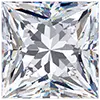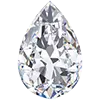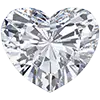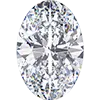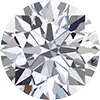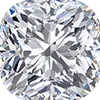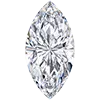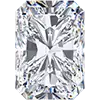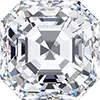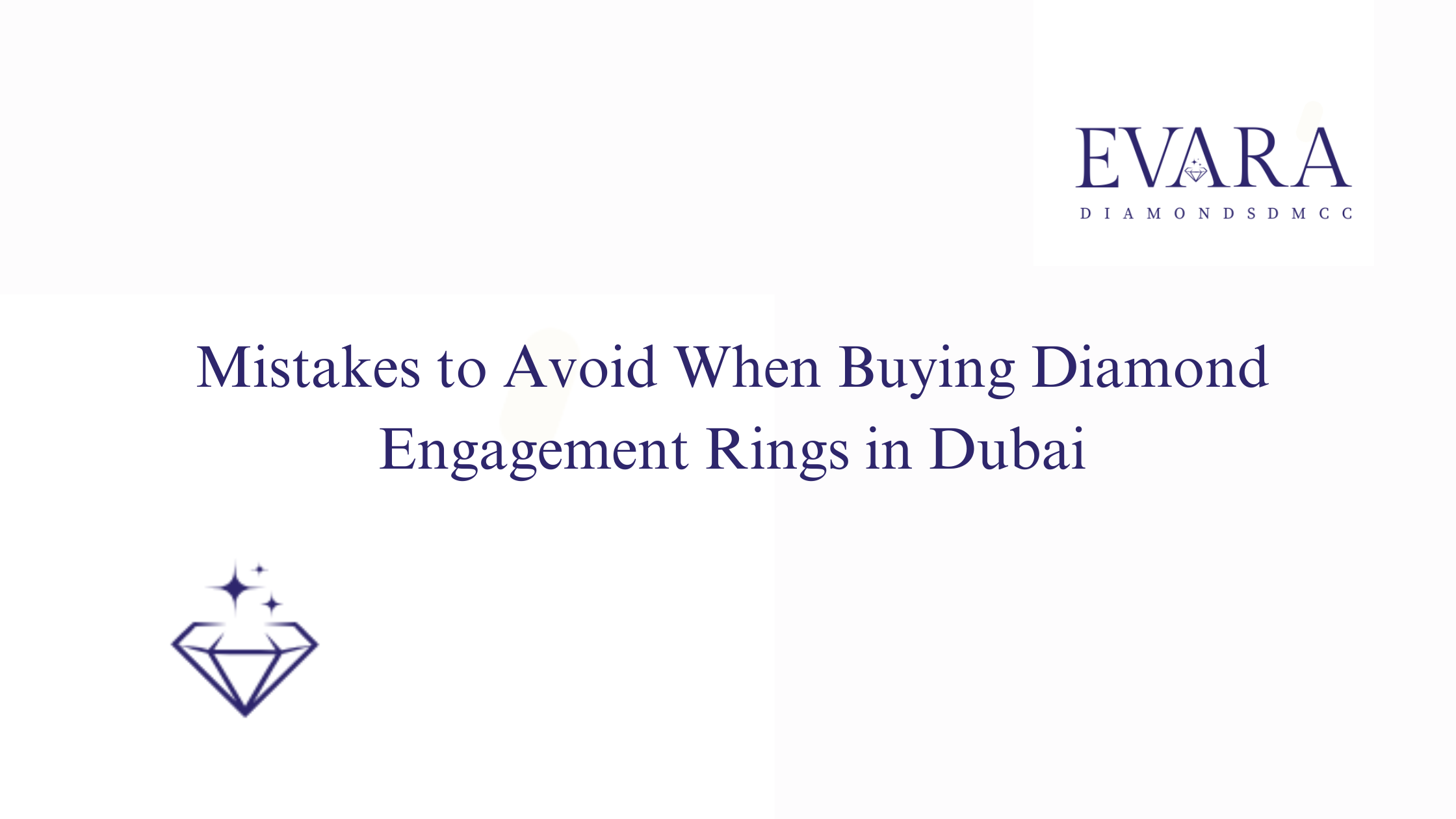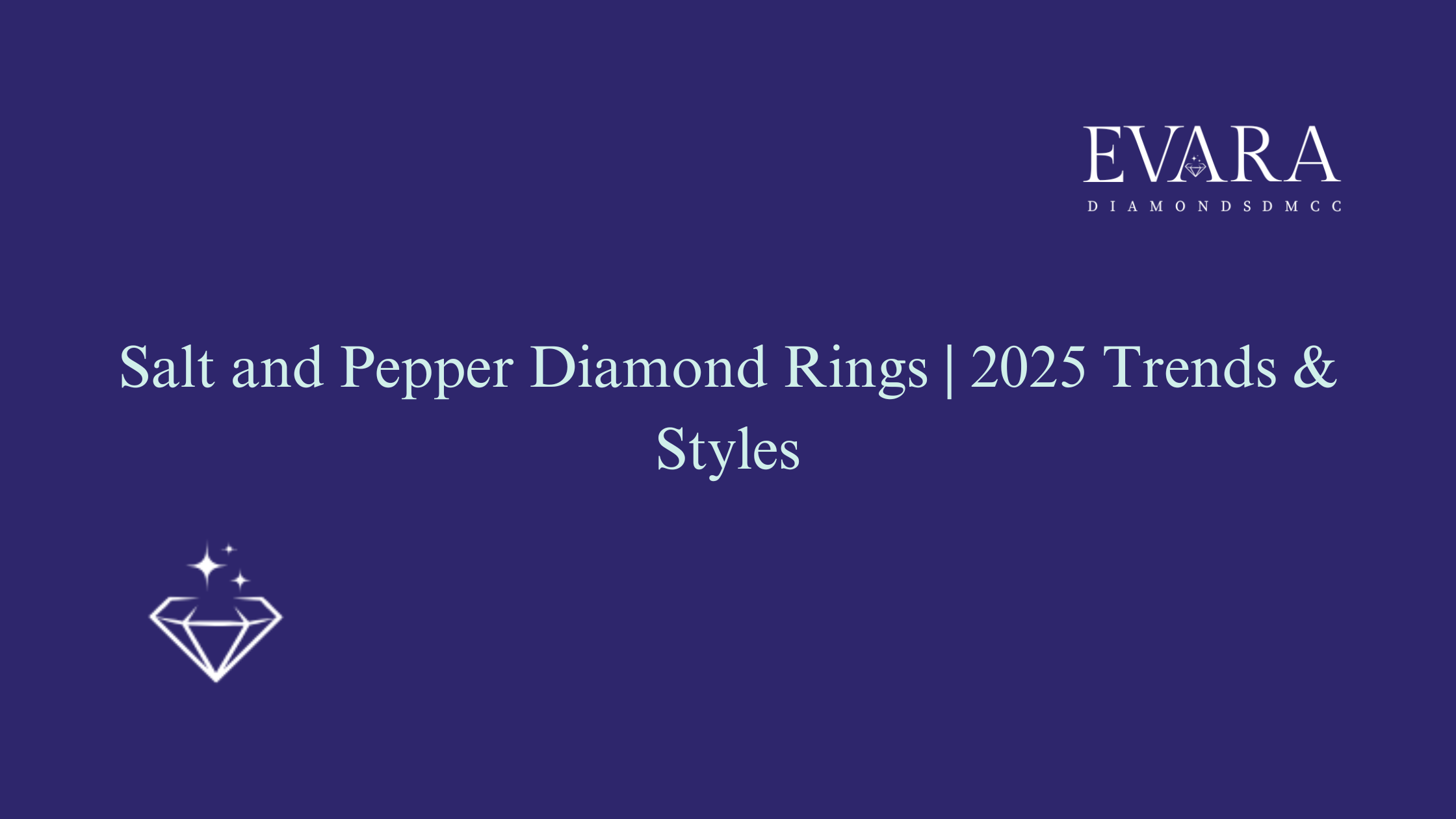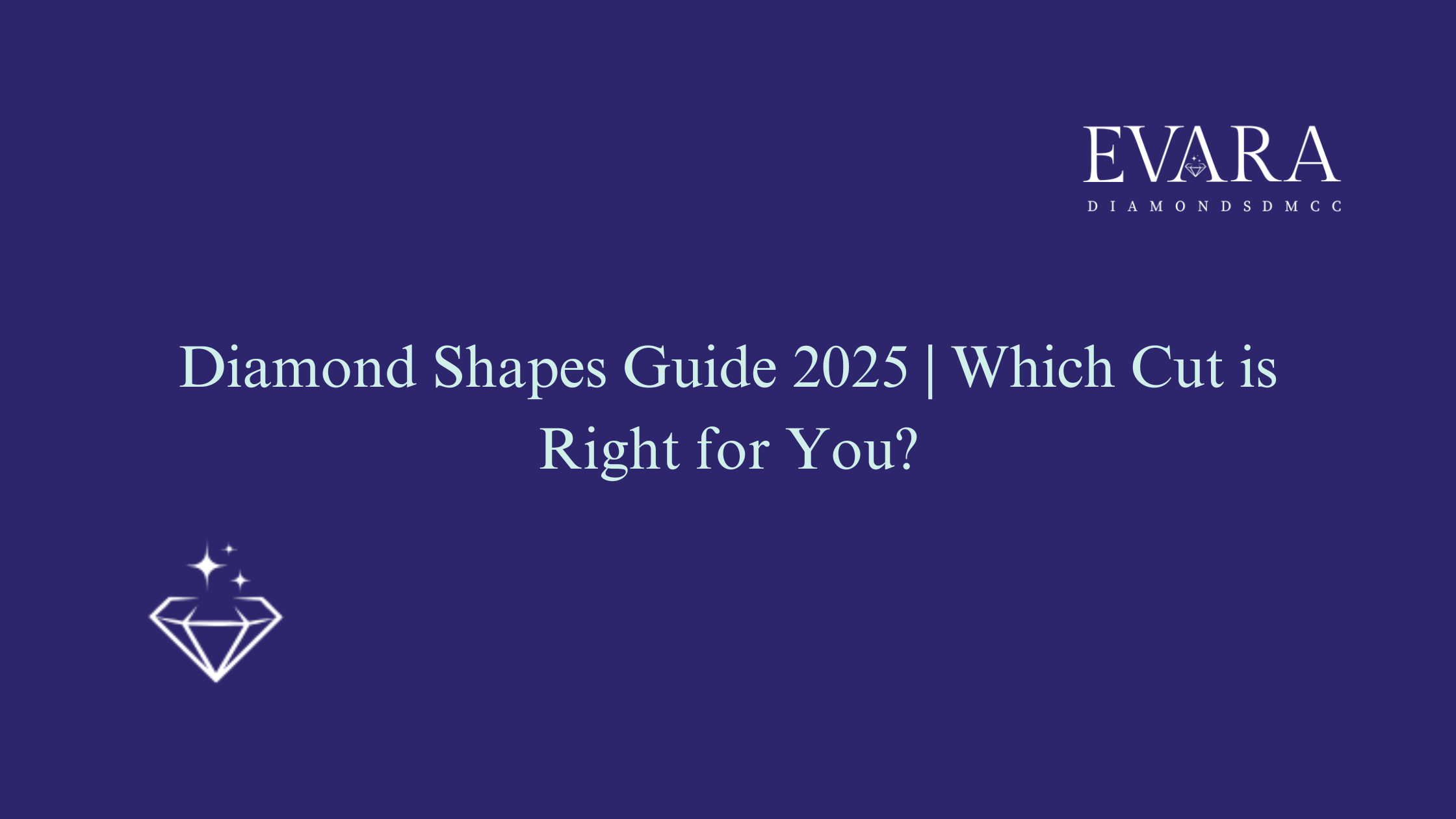Diamond Color Chart
Unveil the Spectrum of Elegance and Explore the Exquisite Diamond Color Chart
One of the 4Cs of Diamonds is Diamond Color which determines the value of these precious stones. One might encounter a range of diamonds, incorporated with different colors with different densities. The GIA white diamond color-grade scale is the industry standard that determines the density of colors by denoting them a particular alphabet. Colorless diamonds are considered the purest option among the stones and thus carry more value than slightly colored diamonds.
However, it is equally rare to find a diamond that doesn’t reflect any color as most of the diamonds will definitely carry hues or slight coloration. The formation of diamonds in natural processes is one of the causes for this hues in diamonds which can not be escaped.
What Is Diamond Color?
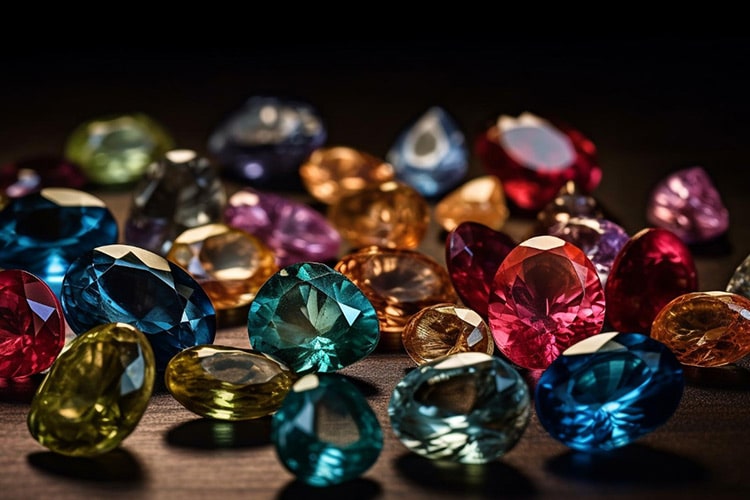
The presence of a particular color or shade in the diamond is called the diamond color. The Gemological Institute of America (GIA) grades the color of diamond on a scale from D-Z. The diamond color D refers to the complete colorless diamonds which are the most valuable. Z grade, on the other hand, refers to the light yellow or brown diamonds which are comparatively less valuable.
Diamond shopping also brings stones to the forefront that exhibit intense hues like yellow, pink, or blue. These diamonds are the most sought-after choice for their vibrant and unique appearances. However, the colors of diamonds are not limited just to these 2-3 options. Diamonds can be found in almost any natural color including gray, white, green, pink, brown, and more. Buyers rely on the GIA diamond color scale to identify the best color of diamond and its overall worth.
GIA White Diamonds Color Chart
GIA White Diamond Color Chart is a meticulous system designed by the Gemological Institute of America. This scale is used to assess the color intensity of white or colorless diamonds. The normal color range starts from the alphabet D and goes up to the alphabet Z.
While the diamond color D grade represents the purest form of diamond without any discoloration, Z is considered as yellow or colored diamonds which carry low monetary value as compared to colorless diamonds. The diamond color grades are an international standard for industry enthusiasts and professionals to understand the subtle nuances and determine the valuation of precious stones.
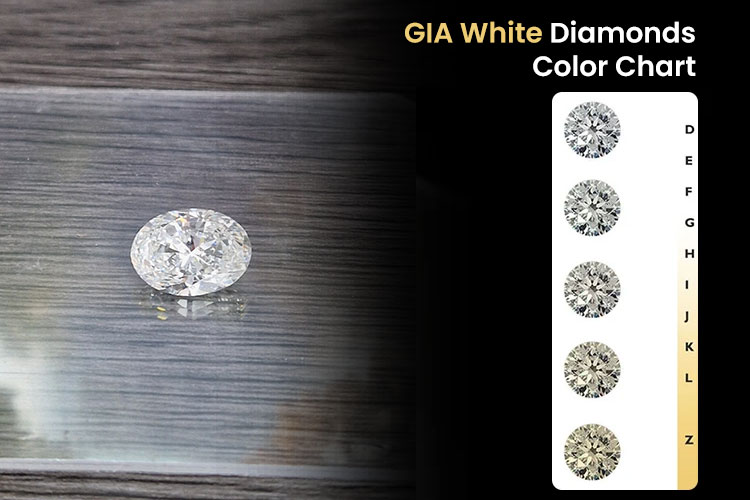
Diamond Color Grading
Choosing diamonds of different grades will impact the cost differently. This diamond color grading fosters better understanding about appearance and rarity of different diamonds.
| Diamond Appearance | Diamond Color Grades by GIA |
|---|---|
| Colorless | D,E,F |
| Near-colorless | G, H, I, J |
| Faint Yellow | K, L, M |

Colorless (D, E, F)
The purest and most colorless diamond grade is D which is assigned to the complete colorless diamonds. There are no visible tints or signs of any color on the diamond. Diamond color D is considered the benchmark of quality that makes them extremely rare in the whole diamond color grading.
Next comes the E color diamonds which are referred to as the second-best color of diamond in diamond color chart. Just like D color diamonds, this category is also considered highly valuable. These diamonds bestow excellent sparkle and brilliance which makes them one of the best choices to install in diamond engagement rings and jewelry.
If there are minute traces of any color in a diamond, it belongs to the F color diamonds. However, one might not observe the color with the naked eye as the color tint is too light in this category. Diamonds in this category fit for the people who don’t want to compromise on quality but are also tight on budget.

Near Colorless (G, H, I, J)
When talking about near-colorless diamonds, G color diamonds are considered the best. While a small tint of color might be visible in this diamond category, it is still considered the value for money for someone not keen to spend a fortune on gemstone. It can be claimed that the G color diamond is a perfect balance between budget and brilliance.
H color diamonds are also considered in the near-colorless diamond category. However, these diamonds exhibit a subtle tint of some color. The diamonds in this category are preferred mostly with a specific metal to bestow a charming and unique look.
The I and J color diamonds category have visible color in them which can be easily noticed by anyone. When cut perfectly, they can appear colorless to people who don’t have very sharp eyesight. Factors like cut, clarity, and carat weight, when considered while buying diamonds in this category, can make it one of the best choices.

Faint Yellow (K, L, M)
The K color diamonds category carry a faint yellow tint. The yellow color becomes even perceptible in this color-range diamonds. Still, the diamonds are considered perfect for many purposes. One might notice the warm undertone in these diamonds which makes it the best choice to set in yellow gold or rose gold jewelry. The K color diamonds are preferred by buyers that are looking for a big size diamond on a tight budget.
Moving down the diamonds color scale comes the L color diamonds. The yellow tint becomes even more pronounced in this color grade as compared to the previous ones. The color can be easily noticeable in certain lighting conditions and thus choosing the right setting becomes even more crucial with diamonds in this color-grade. Opting for white gold and platinum gold can be helpful to minimize the color appearance in diamonds of this category.
M color diamonds have a yellow color even deeper than the previous ones which can be easily noticed by anyone. The warmth of the diamond is noticeable, especially in the larger diamonds with fewer facets. Due to the high visibility of color in this diamond category, the choice of setting metal, cut, and setting style becomes even more crucial. Yellow gold is the best and most preferred color for making jewelry using M color diamonds.
What are Cape Diamonds?
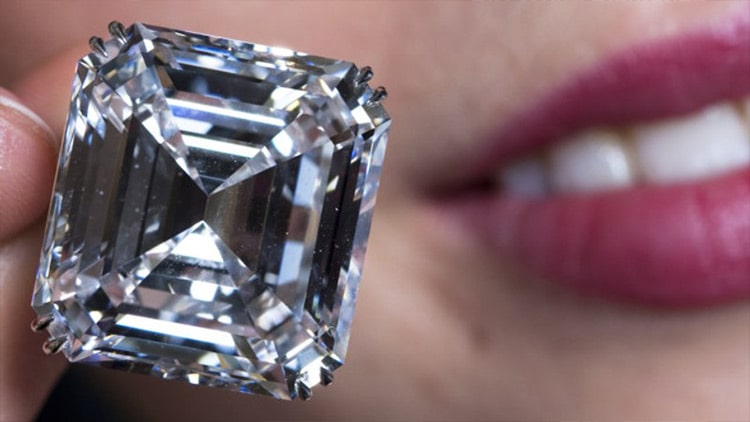
Diamonds that are faint yellow but can not be counted in the fancy color diamonds category are popular as cape diamonds. However, most of the diamond providers in the market sell stones of lower grades from the K-Z color diamonds range by calling them cape diamonds.
This promotional strategy is used by the sellers to approach people with tight budgets and make them buy low-grade diamonds at affordable prices.
Diamond Color Scale: Things to know about
Going deeper into the diamond color grading concept might complicate things for buyers when they are not much in diamond purchasing. However, certain considerations and basic knowledge about the diamond color scale and clarity can help make the right decision while buying these precious gemstones.
- The absence of diamonds color is the best indicator of the purity of the diamond and its valuation.
- The color of diamond should be determined only by the grading professional to prevent any chances of forgery.
- The diamond color grade and value differ greatly between colored and colorless diamonds.
- The diamond color grading goes from D-Z. However, most of the diamonds used in jewelry fall in the range of D-M color diamonds only.
- Choosing the diamond setting wisely can help you elevate the overall appearance of your diamond and the look of the jewelry.
Which Diamond Color Is Best?
No doubt, D color diamond is the best when looked at from a purity and cleanliness point of view. However, it is better to say that the best diamond color is the one that best fits in your budget. After all, irrespective of the color of the diamond, it itself is a precious gem that can be coupled with the right metal to give a shining and sparkling look.
Finding the complete colorless diamond is rare and expensive. However, most of the diamond buyers prefer to choose from D-E color diamonds in their engagement ring. Many buyers shift to near colorless diamond range to make the best out of their budget.
Most people rely on the right cut and right setting metal to ensure an adorable look of their jewelry. Considering the size and shape of the diamond wisely also helps the buyer to save their spending by buying low-color diamonds without compromising the overall appearance.
Impact Of The Setting On The Diamonds Color Appearance
Even the faint yellow color diamond can bestow a charming look when paired and fixed with the right metal. On the other hand, a diamond with color grade D might lose its charm when the metal is not chosen wisely. For example, yellow gold is the best choice whenever making a piece of jewelry out of a diamond with a yellow tint. Talking about colorless diamonds, platinum, and white gold are the go-to choices among metals.
Setting style is another determining factor for the appearance of diamonds with different color grades. For example, the prong setting style is the perfect choice for a colorless diamond as a big part of the diamond is open to reflect light. Halo setting on the other hand is the right choice for slightly colored diamonds as the surrounding stones will make the color of diamond less noticeable.
Size and Color of Diamond
Just like the cut and setting of metal, Size also has a lot to do with the diamond color. How light interacts with the diamond and how the color is reflected is a big deciding factor for the appearance of even slight colors in the diamonds. The larger the diamond, vast space for reflection, and thus more visible will be the color. So, if someone is buying a nearly colorless diamond or a gemstone in faint-yellow color grade, it is advisable not to go with too big a carat size as it will enable the color to shine.
At the same time, complete colorless and white diamonds should be preferred in larger sizes. Due to the absence of any color, the chances for the appearance of any color in the diamond are reduced and the diamond shines with its natural crystal color, enhancing the overall appearance of the jewelry piece.
Find Your Ideal Diamond Here
All About Fancy Colored Diamonds
Diamonds with high-intensity colors are known as colored diamonds or fancy diamonds. This is a very eye-catching range of gemstones that are created when the trace elements interact with the billions of carbon atoms in the crystal lattice. The range of colors in fancy diamonds is not measured on the basis of the diamond color chart as it shows many other colors than yellow and brown.
The hue, intensity, and color of diamond are the main factors that enhance or detract the value of fancy diamonds. While fancy-colored diamonds can be found in almost any color, the natural color diamonds are only seen in limited colors like gray, yellow, white, blue, red, olive, pink, green, orange, purple, black, brown, etc. Among the different fancy colored diamonds, red is known to be the rarest of the rare with only 20-30 authentic red diamonds known to exist. Most of those diamonds are less than half a carat in size.
There are different phenomena behind the different colors of a fancy diamond. Chemical elements like nitrogen might be responsible for imparting a yellow or brown hue to the diamond. Similarly, boron might give the diamond a blue appearance. Structural irregularities within the crystal lattice might generate different colors in a diamond. Natural radiation over time can also lead to colors like the green and blue of a diamond.
Grading a Fancy Colored Diamond
Just like the normal diamonds are graded with a specific alphabet to define their color intensity, GIA also grades the fancy colored diamonds according to the intensity of particular colors. The grade goes like Very Light, Light, Fancy Light, Fancy, Fancy Dark, Fancy Intense, Fancy Deep, and Fancy Vivid. One can rely on this fancy diamond color grading to get an idea about the valuation of the diamond.
Moreover, color distribution in a diamond is another factor that determines the preciousness and valuation of a diamond. The diamond experts and graders examine closely if the color is distributed uniformly throughout the diamond or if there are particular areas of color concentration. A well-distributed colored diamond enhances the overall beauty and thus is more valuable.
A lot of other factors also contribute to valuing a fancy diamond besides its color. The factors include the cut, clarity, and carat weight of the diamond which not only communicates the rarity and beauty of the colored diamond but also serves as a benchmark for its market value.
The Difference Between White Diamonds And Fancy Colored Diamonds
White diamonds are referred to as colorless diamonds which are graded on a scale from D (completely colorless) to Z (light yellow or brown). The purity and value of white diamonds increase with the absence of color. So, the D color diamonds are considered the most valuable. Fancy-colored diamonds, at the same time, display a spectrum of vivid hues like green, yellow, blue, and pink. The purity, intensity, and distribution of colors in fancy diamonds determine their valuation and rarity.
While most of the diamonds mined around the world fall in the near colorless category, rare are the chances to find complete colorless diamonds with color grade D. It makes them more valuable. However, fancy-colored diamonds are even more rare than their colorless counterparts. Chances are very few to come across a blue or pink diamond with evenly distributed color, which contributes to its exclusivity and high valuation.
Due to the timeless and classic appeal of white diamonds, they are mostly used in engagement rings and traditional jewelry settings. The brilliance and versatility of white diamonds make them the best choice for different designs. Fancy-colored diamonds are more famous for their uniqueness and individuality. So, they are used widely for high-end jewelry pieces or center stones in rings, necklaces, and earrings.
FAQ –
Are colored diamonds more expensive?
The pricing and value of a diamond depends on a range of factors other than 4C’s. The supply and demand of a particular type of diamond might influence the overall price of diamonds in a particular region. Whether or not the diamond is colored, the preferences of people and the availability of diamonds decides the overall value of these gemstones.
What is diamond fluorescence?
Diamond fluorescence is basically the glow observed by exposing the diamond to ultraviolet light. Diamonds might showcase different colored glow including blue, white, green, or orange. According to GIA, the fluorescence effect in a diamond doesn’t affect the visual performance of the diamond and thus is not considered a significant factor.
What is the best color for a diamond?
D and F color Diamonds are considered o be best color of diamonds due to their extreme purity and rarity. Due to their brilliance and beauty, everyone prefers to go with the diamonds in this color grade.
Which color diamond is most expensive?
Talking about the monetary value, D color diamonds carry the highest valuation. However, when the buyers want to make the most out of their budget, they prefer to buy a diamond in a near-colorless range.
What are the color grades for white diamonds and colored diamonds?
White diamonds are graded on the GIA diamond color scale, the scale Starts from the letter D and goes up to the letter Z. Colored diamonds, on the other hand, are graded as Very Light, Light, Fancy Light, Fancy, Fancy Dark, Fancy Intense, Fancy Deep, and Fancy Vivid.
Which diamond shape hides the color best?
Radiant, princess cut, and cushion cut diamonds are the most sought-after choices for hiding the diamond color and making them look adorable in any piece of jewelry.
Does the setting impact the appearance of the diamond’s color?
The choice of metal plays a significant role in determining the color and appearance of the diamond. For example, diamonds with a warmer appearance can easily fit into the yellow gold to make the best out of it. Similarly, the complete colorless diamonds can be used with white gold and platinum for enhanced appearance.
What is the color of a pure diamond?
Undoubtedly, the D color diamonds are considered the most pure diamonds as they are completely colorless. These diamonds are equally rare and valuable.
What are the 5 major colors of colored diamonds?
The five major colors of colored diamonds are yellow, pink, blue, green, and brown, with hues from nitrogen, unique pressures, boron, radiation, and lattice defects, respectively.
Shop Diamonds by Shape
50+years of excellence in the diamond industry
Recent Blogs
We provide valuable insights and knowledge for those who are interested in purchasing or simply learning more about these exquisite gems.
